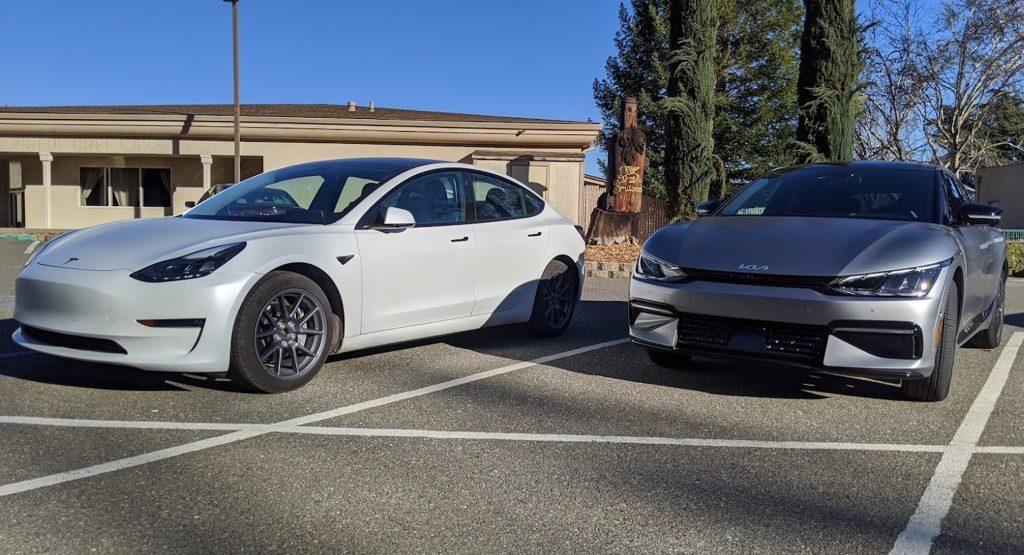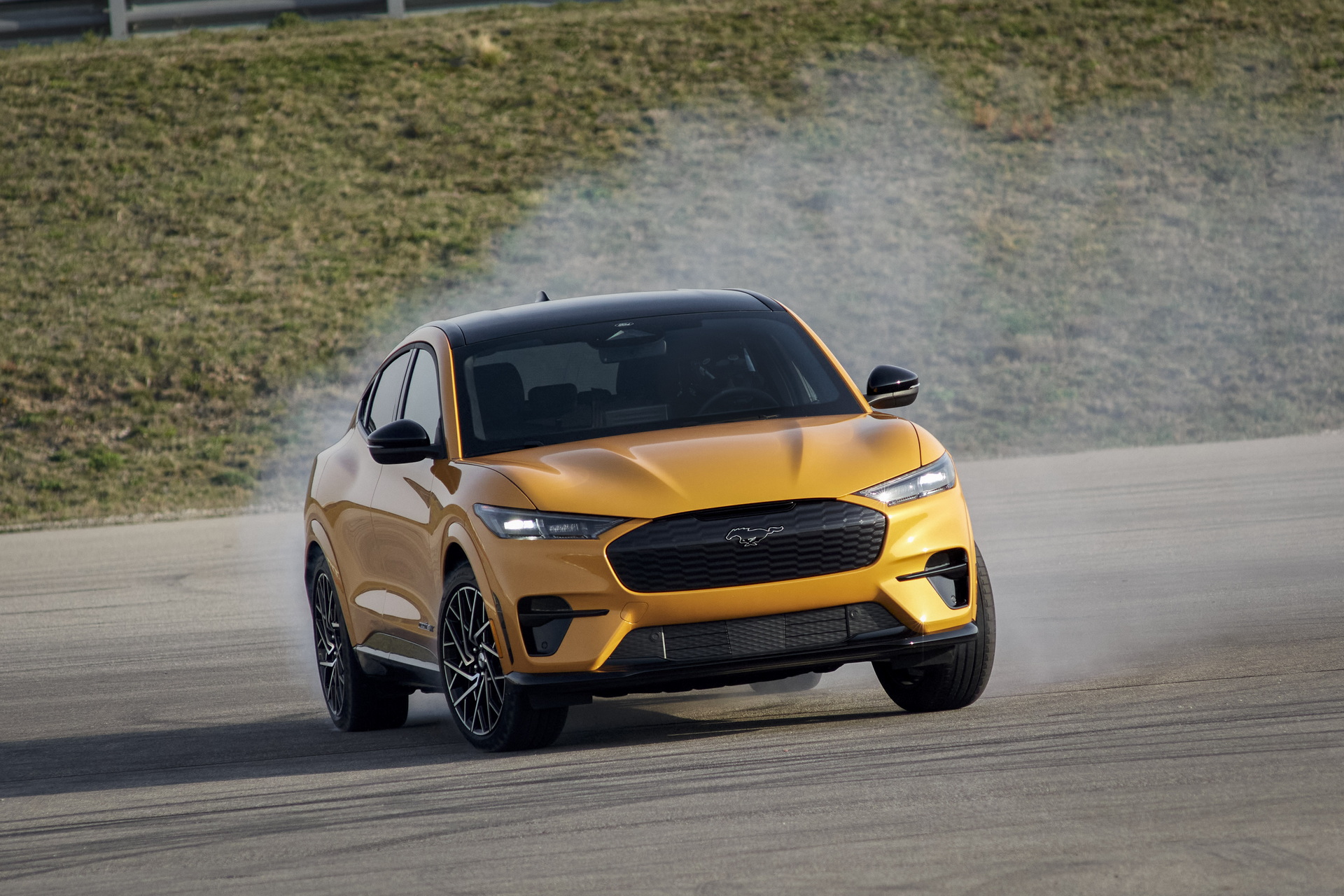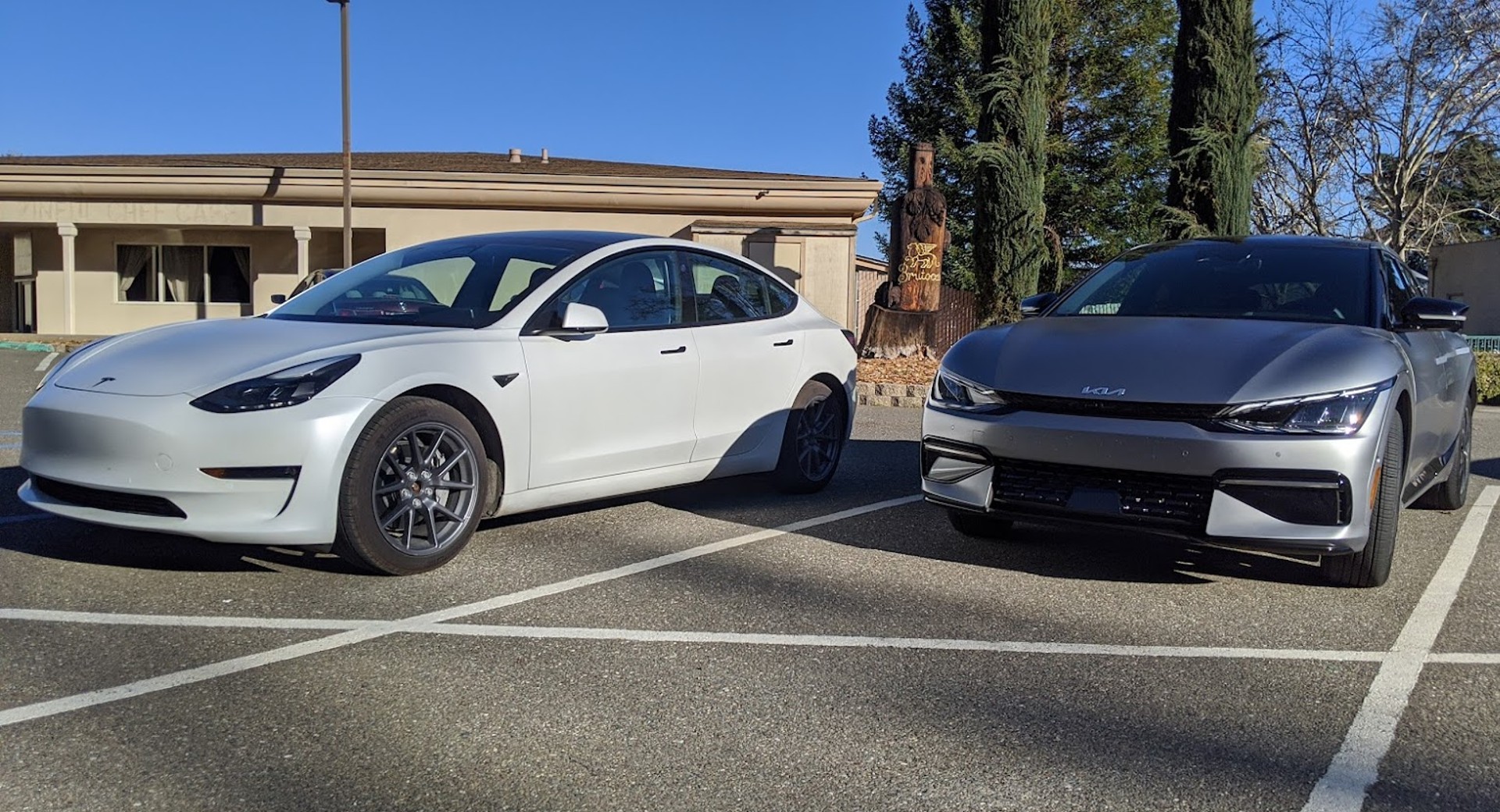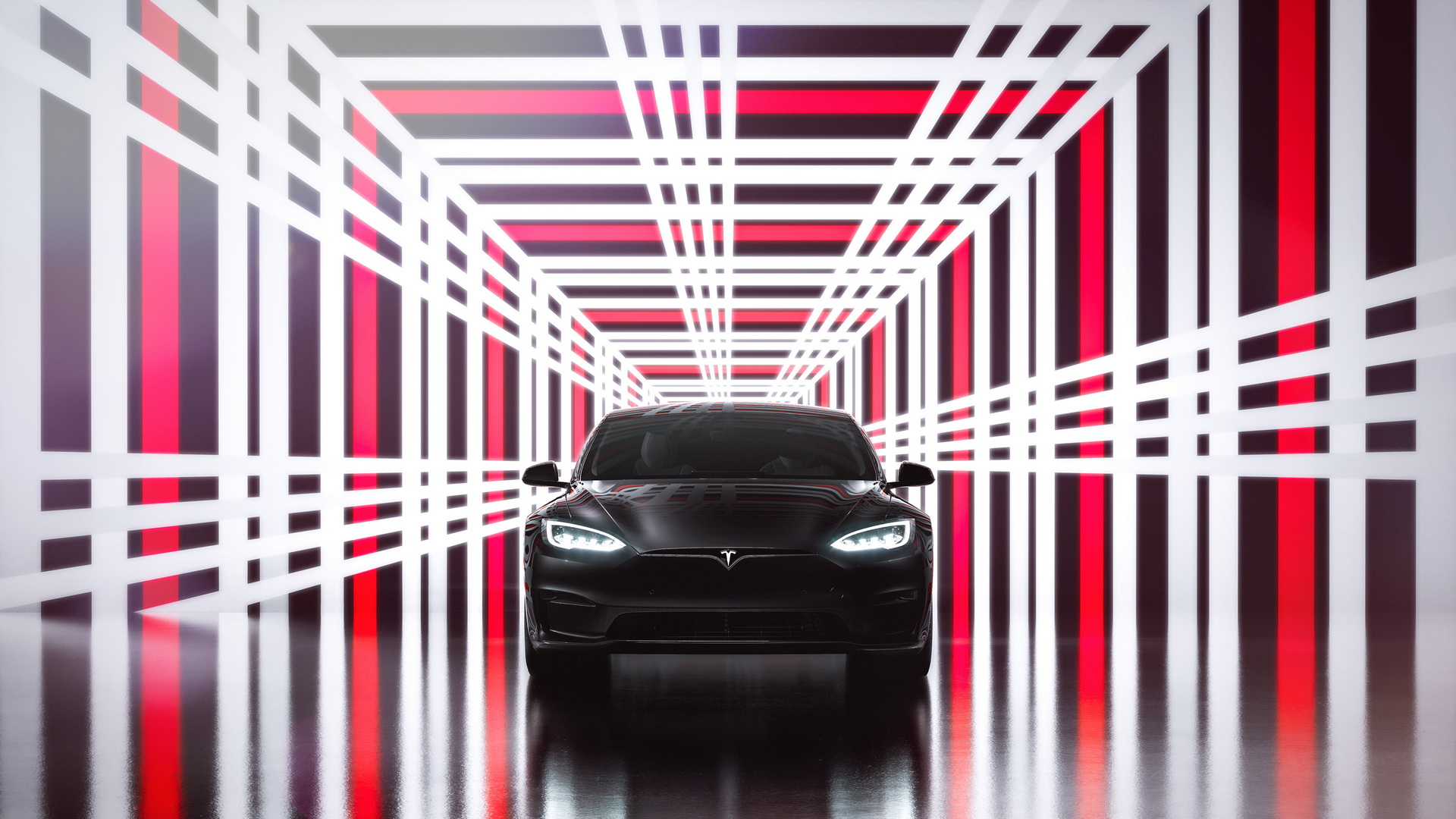It’s no secret that electric cars are really fast. No stock vehicle is as fast down a quarter-mile drag strip as the Rimac Nevera. While that hypercar isn’t really accessible, the Tesla Plaid twins are almost as fast and anyone with about $140,000 can buy one. Does that mean that electric cars are getting too fast for the average driver?
A couple of major factors in this question are worth picking apart just a bit. First of all, we’re talking about average drivers. So while you and all of your best friends might be pseudo-pro drifters or autocross enthusiasts, we’re not talking about that level of skill.
Additionally, and perhaps more importantly, we aren’t just questioning whether or not cars like the Plaid twins or the Nevera are too fast. Plenty of other electric cars are making their way onto public roads and while they’re not as quick as the big names mentioned above, they’re still very fast.
Read Also: Electric Vehicle Registrations Surge In The U.S.
The Rivian R1T and the Hummer EV can both rip from 0-60 in about 3 seconds. While the Model X Plaid weighs around 5,300 pounds, the R1T and the Hummer are considerably heavier. The Rivian tips the scales at more than 7,000 pounds while the GMC is more than 9,000. That’s a lot of mass to control.
That’s also to say nothing of the smaller, lighter, and still very powerful EVs that cost well below six figures. In our test of the Kia EV6 we found that its GT-Line trim level was shockingly quick. The upcoming EV6 GT will have nearly 600 hp and do 0-60 in about 3.5 seconds.
In a similar vein, the Ford Mustang Mach-E GT has the same 0-60 sprint time and starts at just $61,995. That’s the kind of performance and pricing that we expect from a high-end Mustang sports car, not a four-door crossover. So we wonder if all of this power and speed will prove to be simply too much for average drivers to handle en masse.
What do you think? Have electric cars become too fast for the average driver? Or is all this fuss over speed much ado about nothing?










